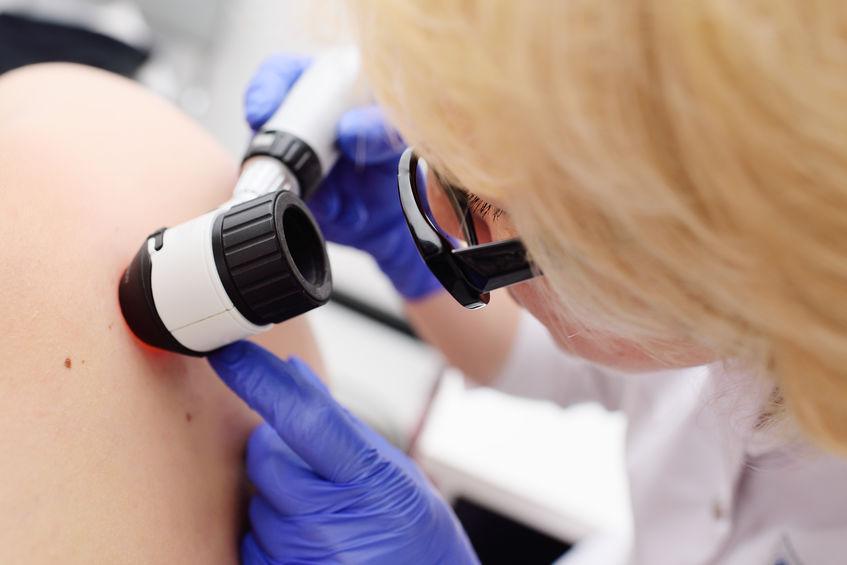Removing Benign Skin Growths For A Better Appearance
Skin tags, also known as acrochordons, are tiny flesh-colored skin growths that are painless and benign. Skin tags can form in places in the body that experience excessive friction such as the armpits, eyelids, groin, thighs, neck, and under the breasts. Men and women over 50 are more likely to develop non-cancerous skin growths that can be removed for aesthetic purposes.
Snipping, freezing and burning skin tags
Without treatment, skin tags can remain on the body permanently and don’t require any treatment. Some patients may choose to remove the skin growths if the spots begin to hurt or become uncomfortable and painful. There are a variety of skin tag removal methods:
- Surgery: Doctors will use scissors or a scalpel to cut off the skin growth.
- Cryotherapy: Frozen liquid nitrogen is applied to the skin growth to freeze and remove the tag.
- Ligation: Surgical thread deprives the skin tag of blood flow.
- Electrosurgery: High-frequency electrical energy is used to burn off the growth.
Home remedies are the first line of defense
Home remedies to remove skin growths can have varying results. Some people have tried using apple cider vinegar, lemon juice, garlic, banana peel, and tea tree oil to reduce or completely remove the skin tag. Home remedies attempt to dry out the area until the skin tag shrinks and falls off. Some over-the-counter liquid products can also be used to remove skin tags safely.
Avoid removing skin tags at home
Removing skin tags through burning or cutting methods can seem like a simple process, but patients should seek a healthcare provider to remove skin growth. Some people choose to remove the skin tag at home with scissors or a fishing line. Improper removal could lead to excessive bleeding or infection.
When to visit a doctor
A dermatologist best handles skin tag removal. Patients can get skin tags removed for cosmetic purposes, if any changes to the skin growth appear, or if the skin tag becomes painful. Skin protrusion can easily snag on clothing, jewelry, and other sharp items. Patients should make an appointment to see a dermatologist or doctor to receive the proper care.





